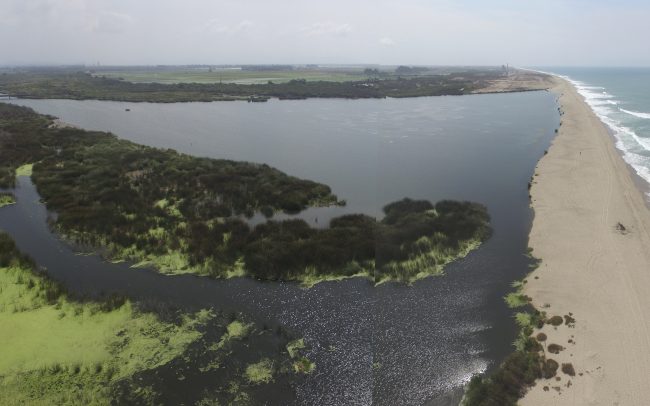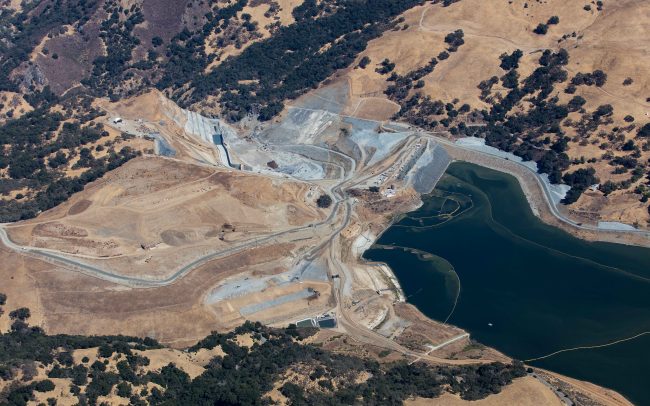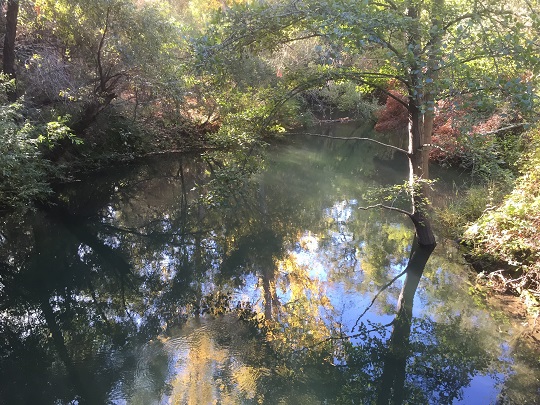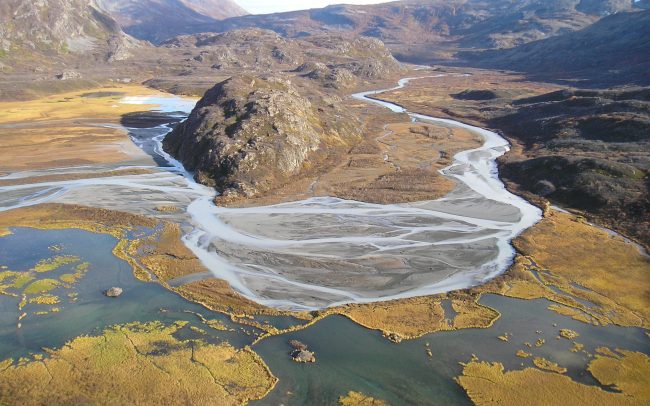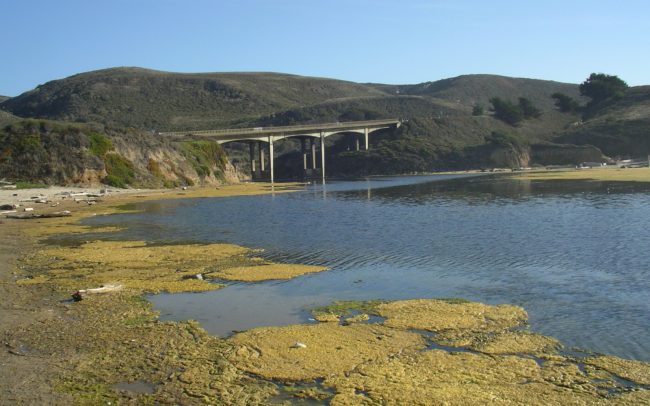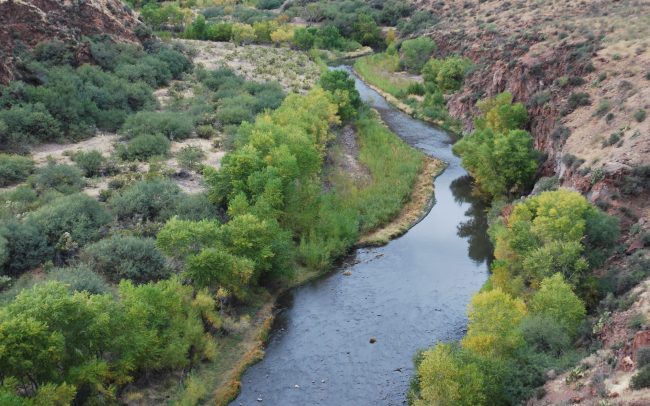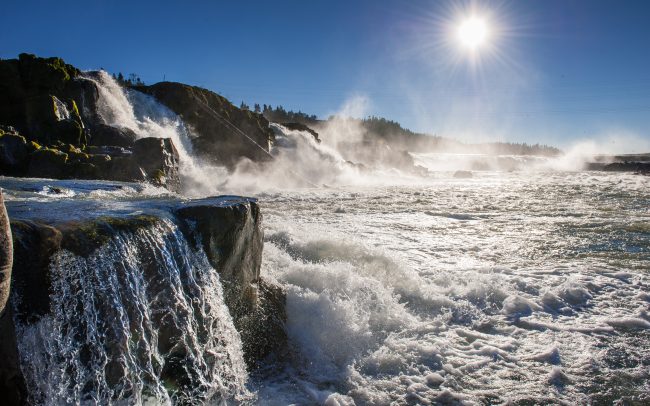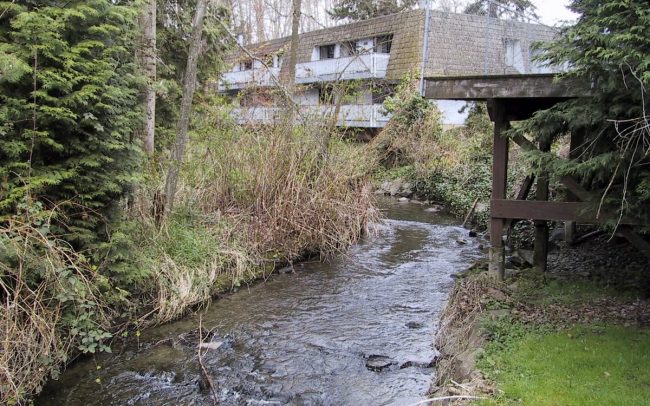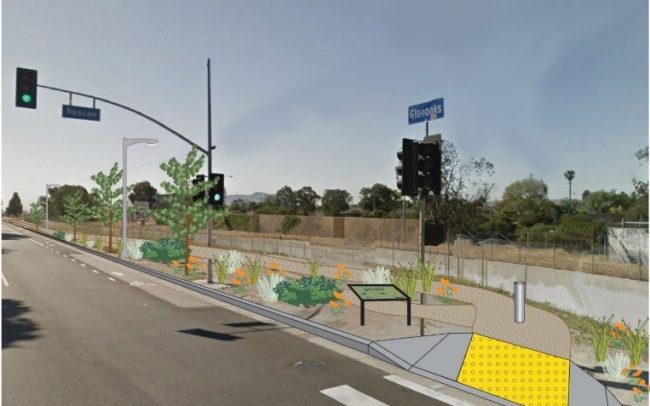Standard Assessment Methodology (SAM)
The Standardized Assessment Methodology (SAM) is a computational modeling and tracking tool developed by Stillwater Sciences that evaluates bank protection alternatives by taking into account several key factors affecting Threatened and Endangered fish species, originally developed for the Sacramento River. By identifying and then quantifying the response of focal species to changing habitat conditions over time, users can effectively determine the necessary measures to avoid, minimize, or fully compensate for impacts to habitat suitability for various life stages.
How does it work?
The SAM systematically evaluates the response of each life stage to habitat features affected by bank protection projects and compares responses to different project scenarios. Biological simulation relies upon conceptual models that relate measured habitat conditions into life stage specific differences in predation risk, food availability, and growth. The model can then be used to assess species responses as a result of changes to habitat conditions, either by direct quantification of bank stabilization design parameters (e.g., bank slope, substrate) or by separate modeling of long-term habitat evolution due to channel migration at unconstrained sites and/or growth of riparian and aquatic plants.
Why use SAM?
The SAM was initially developed for application along the Corps of Engineers’ Sacramento River Bank Protection Project and has since been applied to several other sites along the Sacramento River, and has been used by Agency staff and other consultants as part of ongoing efforts to strengthen the Central Valley levee system. The SAM is a robust model that can be used to inform the design of any number of bank protection alternatives such as set back levees, installed wood, vertical extent of bank armor, rock sizes, rock clusters, fish groins, launchable riprap, as well as various biotechnical treatments such as soil and plant coverings and planted benches.

